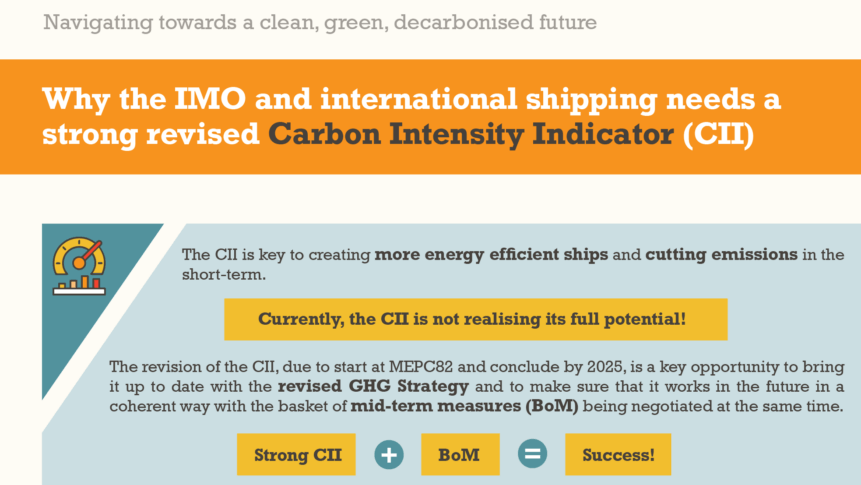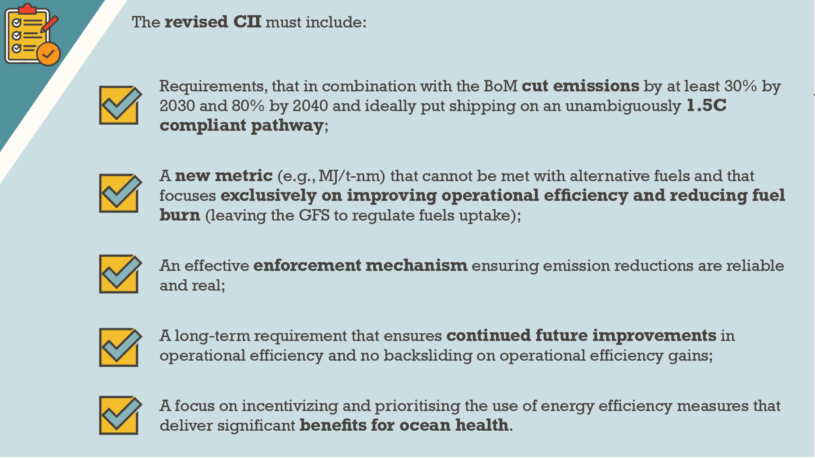Where are the bunkers on the road to Paris?

This blogpost by Bill Hemmings and Andrew Murphy of T&E and Mark Lutes of Climate Action Network International was first published in Eco.
In the final years of negotiations for the new climate agreement, it’s still not clear if it will include the fastest growing emissions sources — international aviation and shipping, also known as bunker fuels.
CO2 emissions from international shipping and aviation were about 950 megatonnes (MT) and 705MT respectively in 2012; combined they account for as much emissions as Germany, the sixth largest emitting country. When indirect effects are taken into account, the impact could already be approaching 10% of global climate forcing. In the almost two decades since the International Civil Aviation Organisation (ICAO) and International Maritime Organisation (IMO) started discussing greenhouse gases, little concrete action has materialised and, scarily, these emissions are on course to double or even treble by 2030. If emissions from these sectors are not addressed effectively by 2050, bunker emissions could swell to account for a quarter of all emissions. Such high emissions from the international transport sector would make it all but impossible to limit aggregate global warming to less than 2ºC as it would place an impossible emission reduction burden on other sectors.
IMO and ICAO discussions have seen limited progress.
Carbon neutral growth from 2020 is the most ambitious goal that the aviation sector has proposed, allowing emissions to grow to 2020 and then offsetting growth beyond that. This is far short of what is required for a 2ºC pathway, and there is little assurance that even these goals would be implemented.
International shipping emissions are predicted to increase between 50% and 250% by 2050. The IMO suspended consideration of market-based measures in 2011, and the question of setting a global cap on shipping emissions is not on the IMO agenda. Efficiency regulations agreed for new ships will likely not have a significant impact for several decades, and the shipping industry is now fighting any new measures.
At COP 21, the UNFCCC should mandate the setting of robust and meaningful reduction targets, as well as the adoption of mitigation measures that will ensure these sectors begin to play a fair and equal role in addressing dangerous climate change. Eco welcomes the introduction of text in the Ad Hoc Working Group on the Durban Platform for Enhanced Action (ADP) yesterday which demands the setting of targets for emissions from these sectors consistent with staying below 2ºC.


